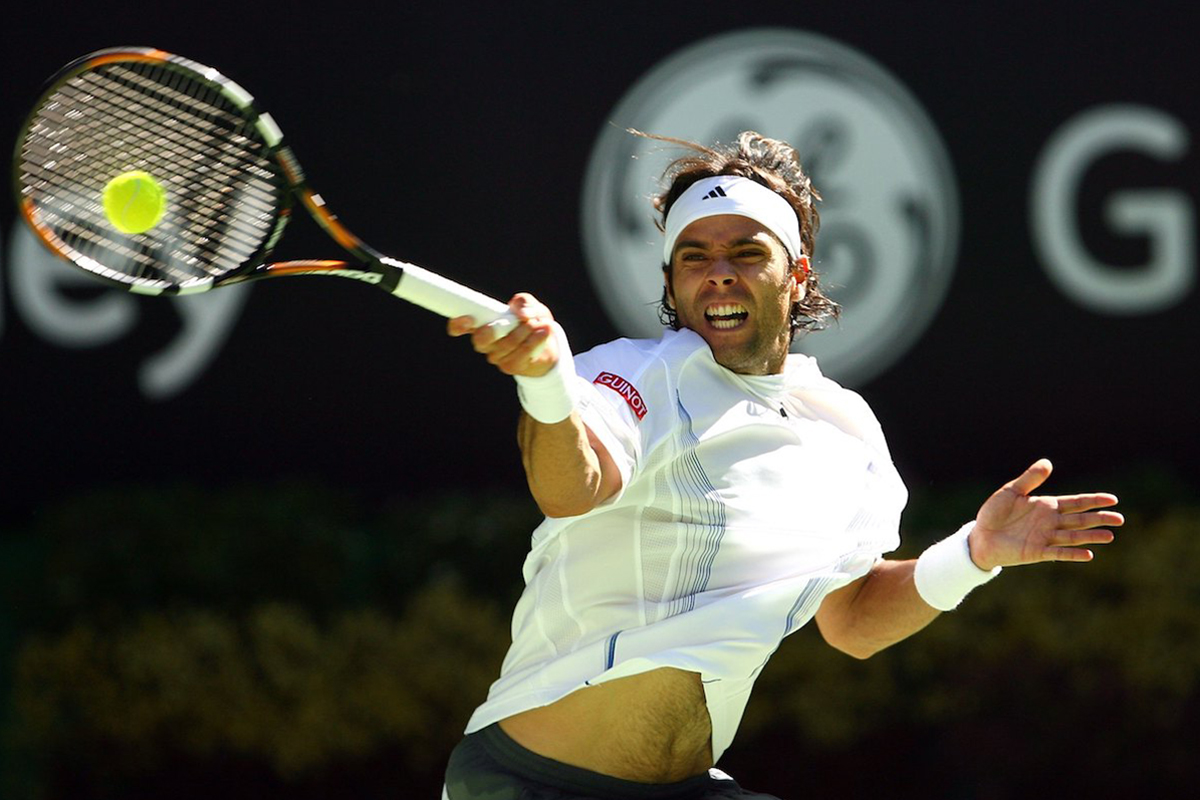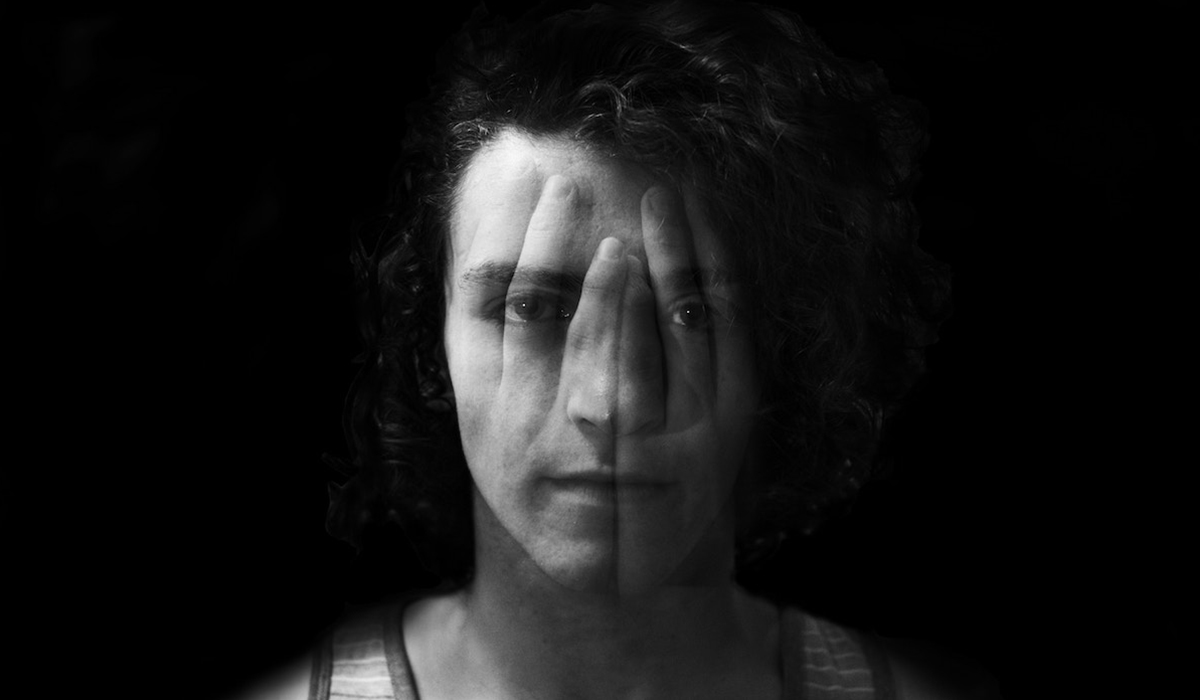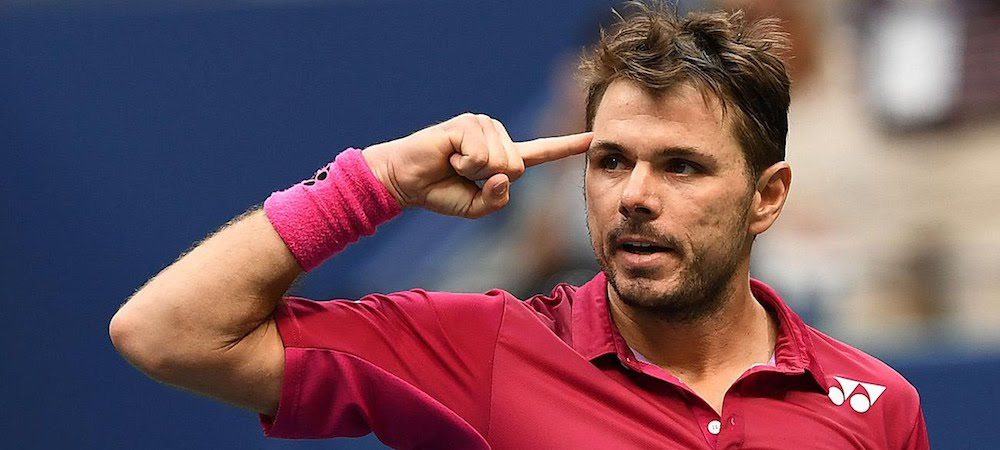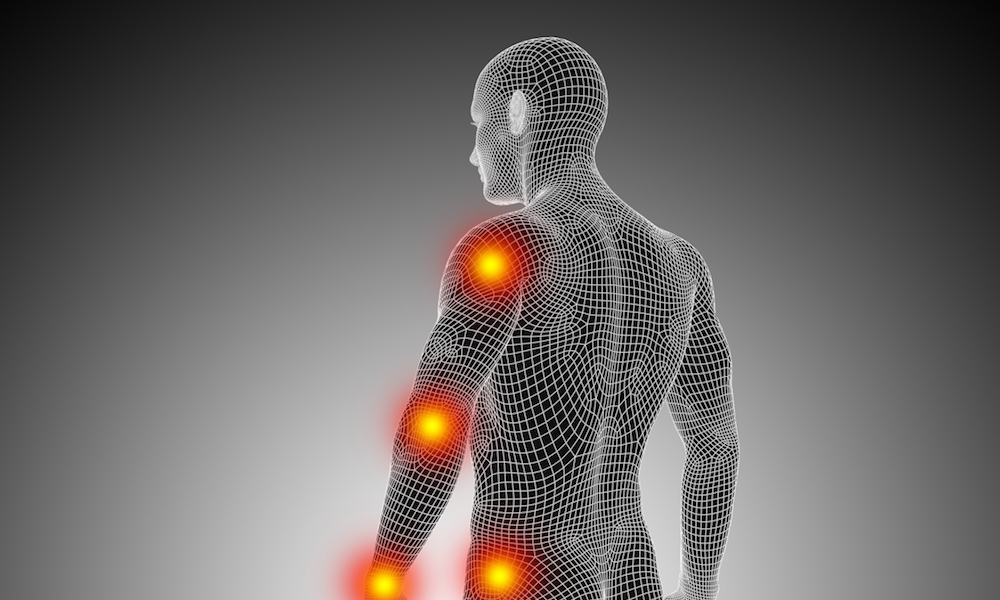
This guest post is by Don Macpherson. Don is a UK based mind coach who has been involved with sports personalities for more than 22 years. Over the years Don has worked with all sorts of athletes including Tennis Grand Slam winners, Ryder Cup Golfers, Premier League soccer players and Formula One Champions. He’s one of the best at what he does.
Top tennis players in the world don’t just accidentally get into the zone (or “flow” as some call it). Professionals all take specific steps to enter their zone. This starts well before walking on the court by preparing their bodies (proper sleep, good diet, hydration, etc.) and is followed by getting their mind right (visualisation, meditation, routines, etc.). This is true not only for top tennis players but for professionals of all types.
So assuming you’ve taken care of preparing your body what can you do mentally to enter the zone? Here are 5 steps from Don that’ll show you how.
Keep in mind that this technique is applicable for any situation that requires you to focus and perform at your best. Simply modify what you’re visualising to suit your circumstance. Enjoy…
The 5 steps that’ll help you enter the zone

The easiest and fastest way to enter your zone or flow state is to follow this five step process:
- Step 1: Find a quiet place and get as comfortable as possible. Relax and keep your body perfectly still.
- Step 2: Once comfortable and relaxed close your eyes, if it is safe to do so.
- Step 3: Turn your awareness to your breath, and slow it down. Make sure you are breathing diaphragmatically with your tummy going up as you breath in, and going down as you breathe out. Now make sure the out breaths are longer than the in breaths. Count to 3 as you breathe in, hold at the top, then breathe out slowly to 5,6,7. Take your time, never force a breath.
- Step 4: After just a few of these deep zen breaths you’ll feel calm and in control. Your muscles are soft and free from tension, your shoulders move freely and your legs feel light, fast and full of bounce.
- Step 5: Now visualise going on the court and playing dazzling wonderful winning tennis. Feeling the flow of just doing it without thinking. Everything in slow motion and yet so fast at the same time. You’re just gliding across the court. It feels effortless and yet you are playing wonderful tennis, your very best, because you are in your zone.
Now, lets see how this works in practice…
The zone in practice
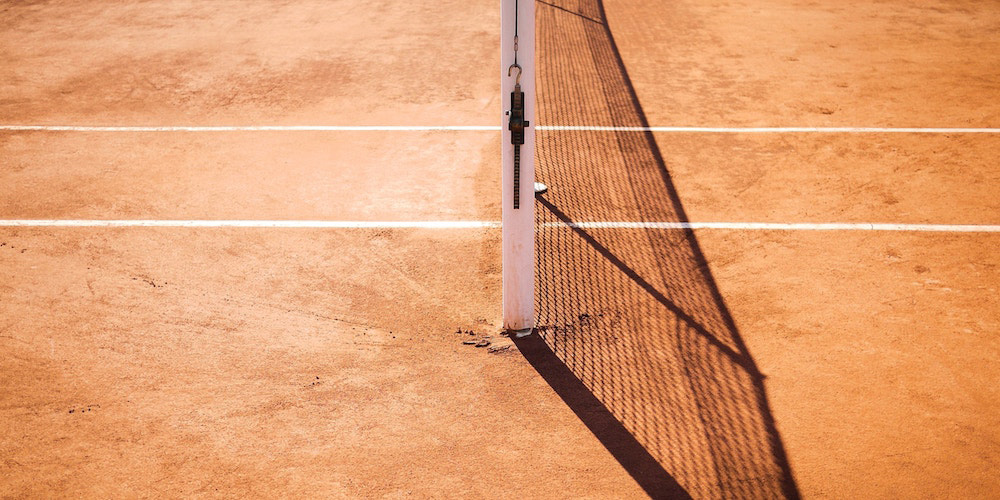
You are playing a tough match, lost the first set and are now 1-4 down in the 2nd, and it’s a best of 3 set match. It’s only one break of serve but this score always mentally feels worse, because if your opponent holds serve its 1-5, so clearly you must do something about it now or this match could quickly be over.
What can you do?
Use the changeover time to access your Zone……your very best tennis. Put your towel over your head, and go through the 5 steps to enter your zone. Do exactly the same again on the next changeover.
Visualise doing what you have to do in order to break his serve, before holding your own serve. Really see it happening, use all your senses………then get up, grab your racket………and just do it. You are now in your Zone……here comes the best tennis you can play.
A Few More Tips and Benefits
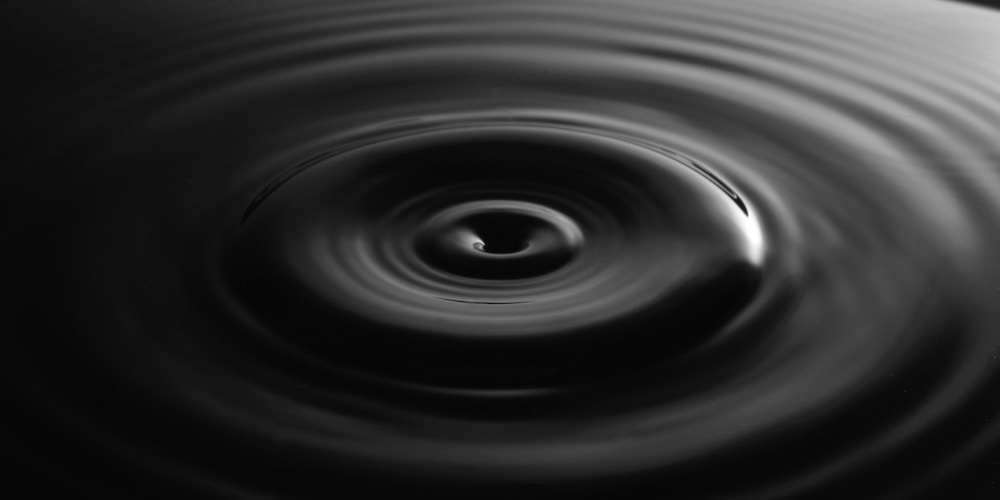
Zen breathing plus positive visualisations are the two fastest ways of getting into your zone or a flow state. The combination is magical and it’s why top performers do it. This technique is also very effective at helping with and preventing mental fatigue.
You can use these 5 steps during every changeover in the match. You can use it to stay in the zone for long periods of time as well as reentry. Practice this mental skill as often as you can, it’s really powerful and will give you an edge over your opponent.
There are also other amazing thing about this fast track method to entering your flow state. Even if you don’t quite hit the sweet spot of your zone, you’ve still prepared yourself to play the best tennis you can no matter what the score is………and being the best you can be is all you, or anybody else, can ever ask for.
Even just having a crack at getting into your zone will prepare you to do the best you can whatever the circumstances, or the challenge you face.
You might also like…
- Control the Controllables – How to Beat Mental Fatigue
- 5 Steps To Master The Vital 7th Game
- How To Overcome & Prevent Mental Fatigue In 3 Steps
Thank you for reading! If you enjoyed this post why not sign up for my newsletter. It’s where I share all my best content not found anywhere else. Get access here →
